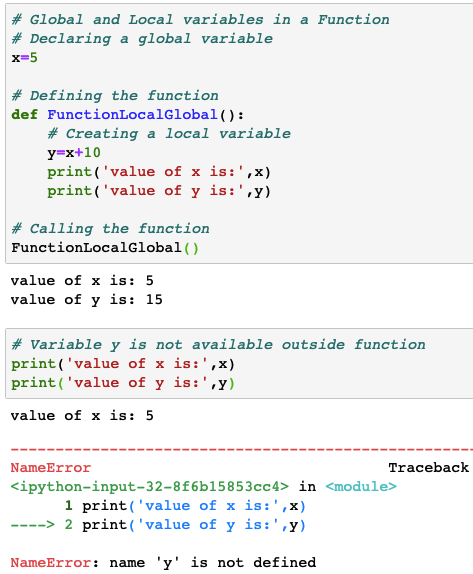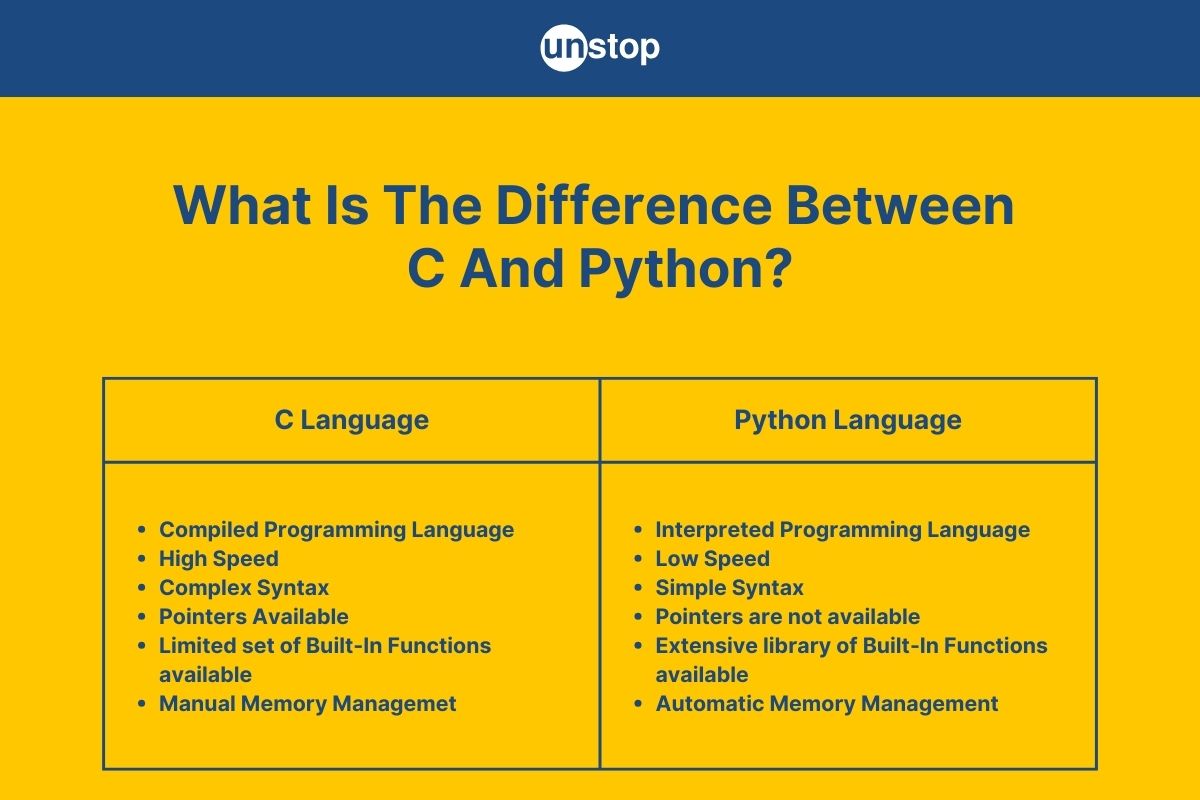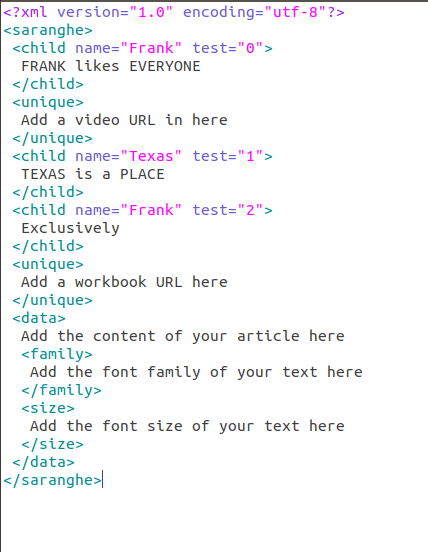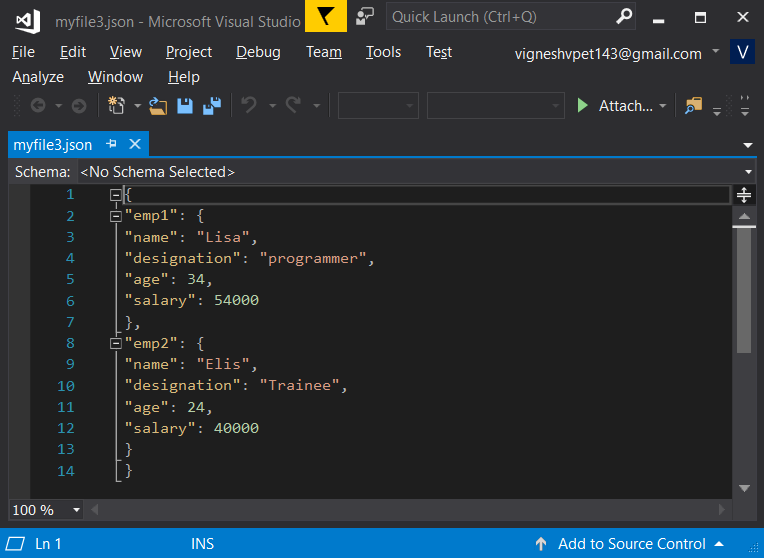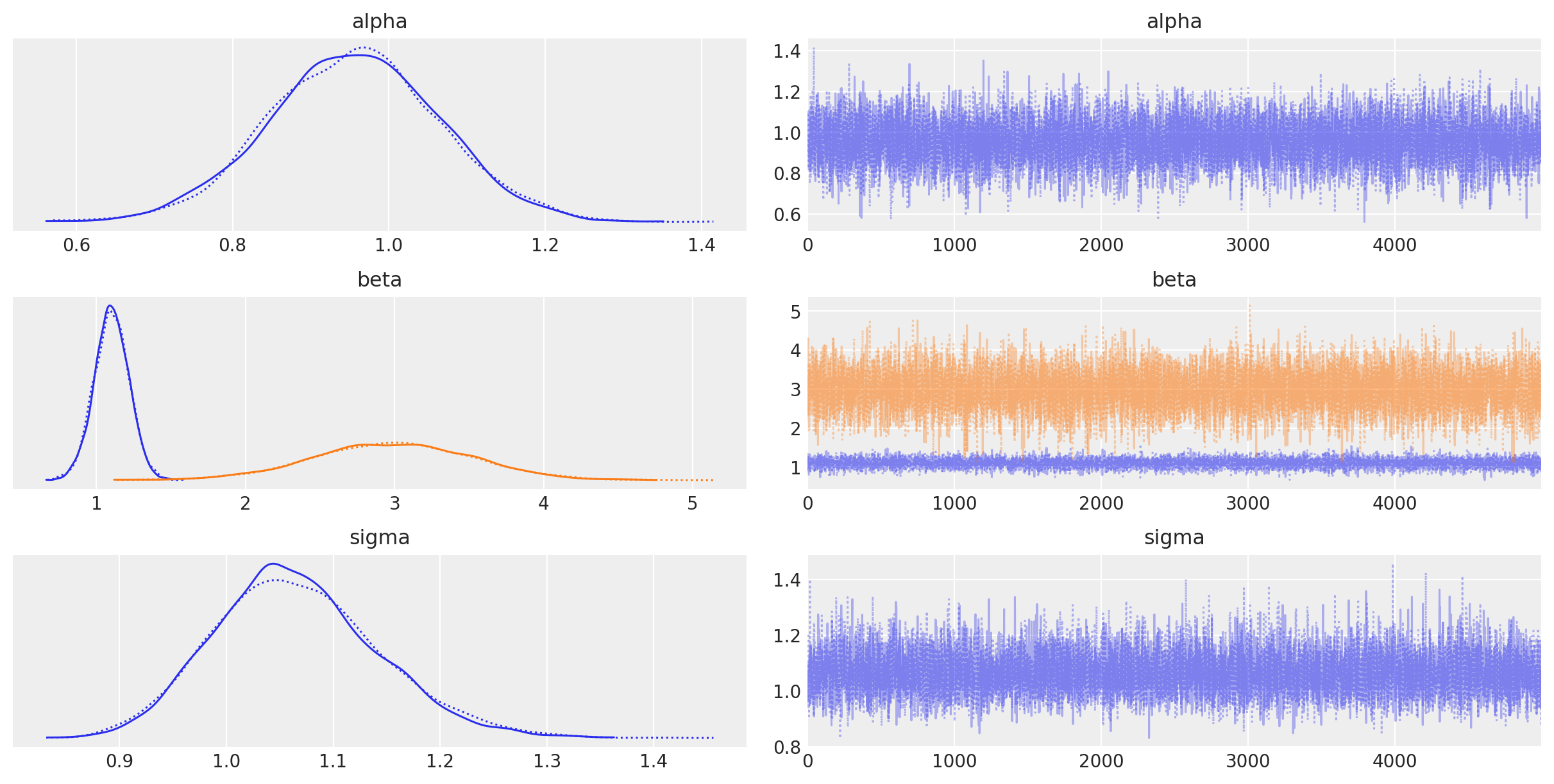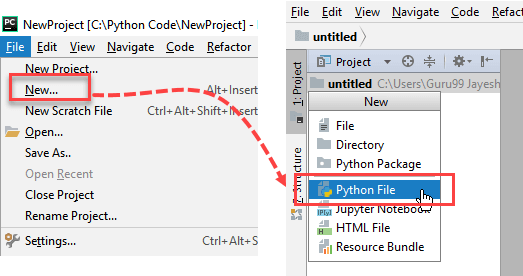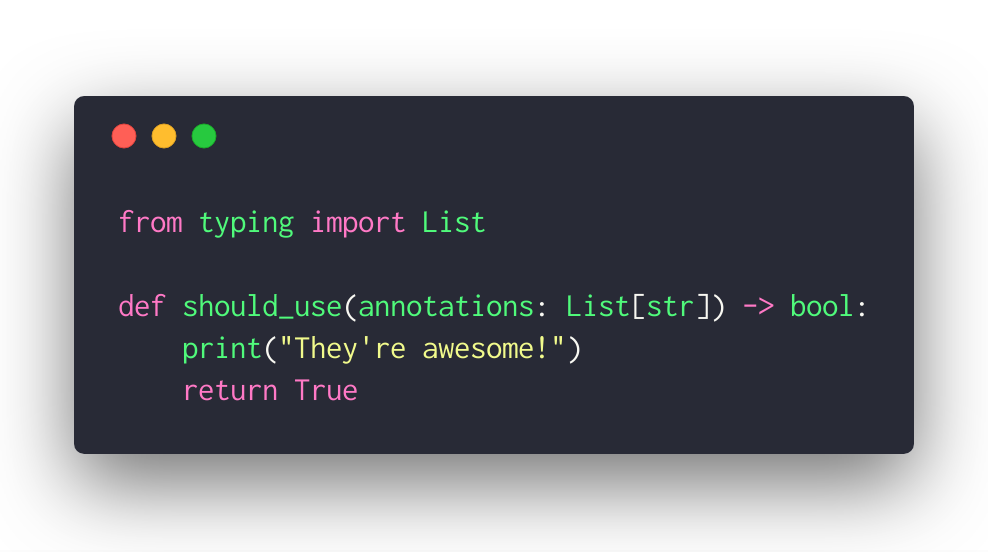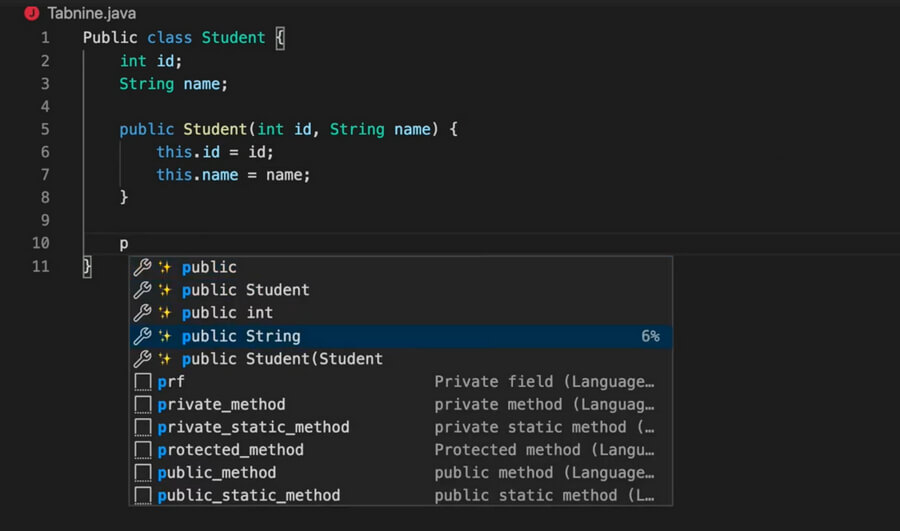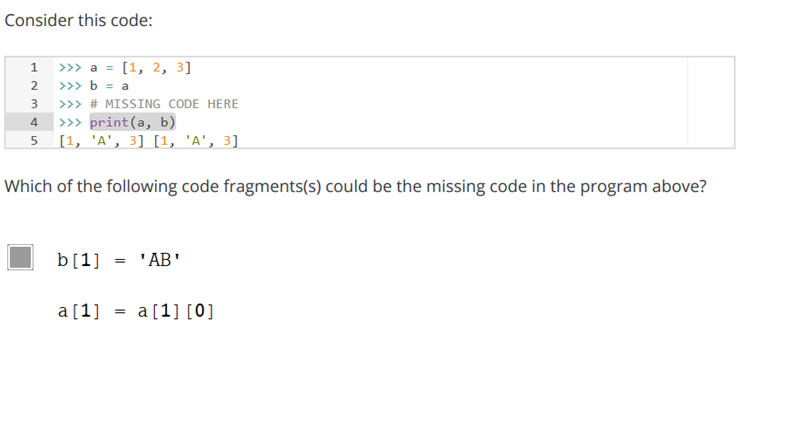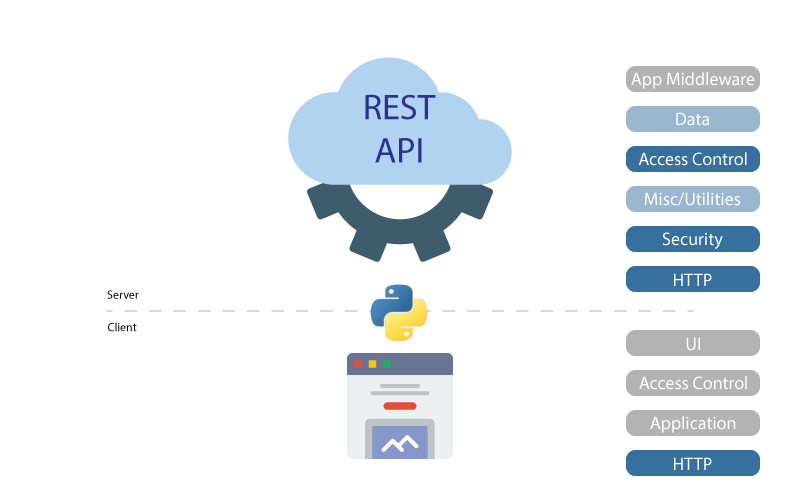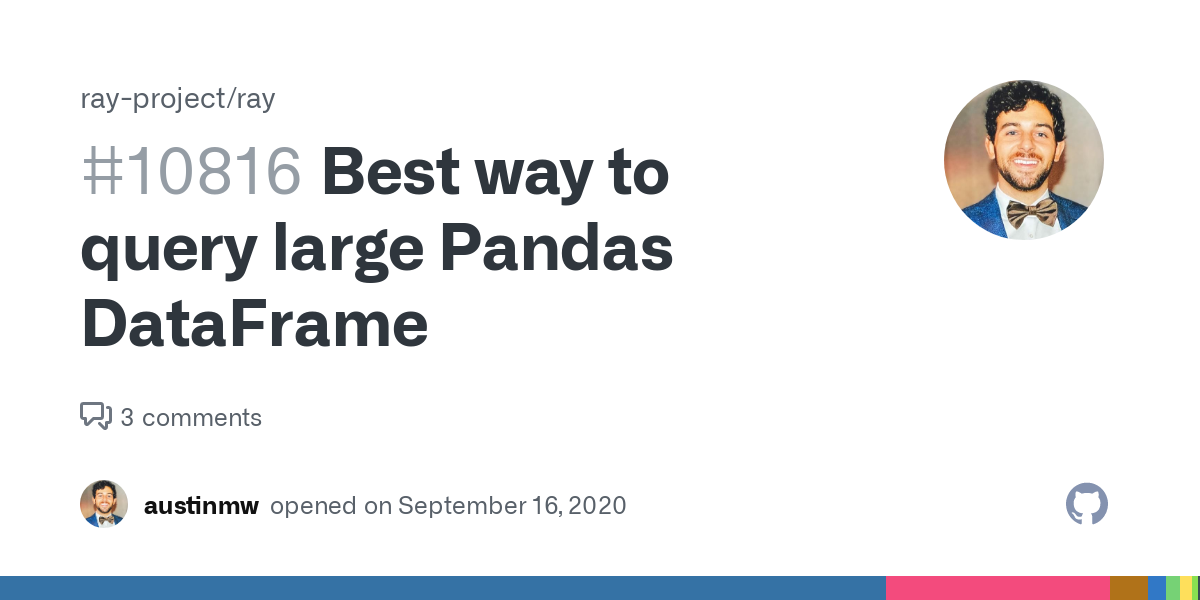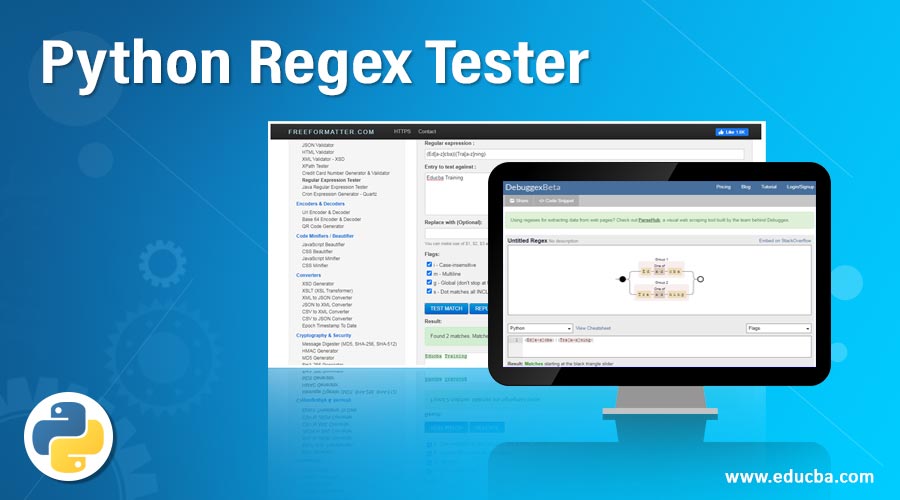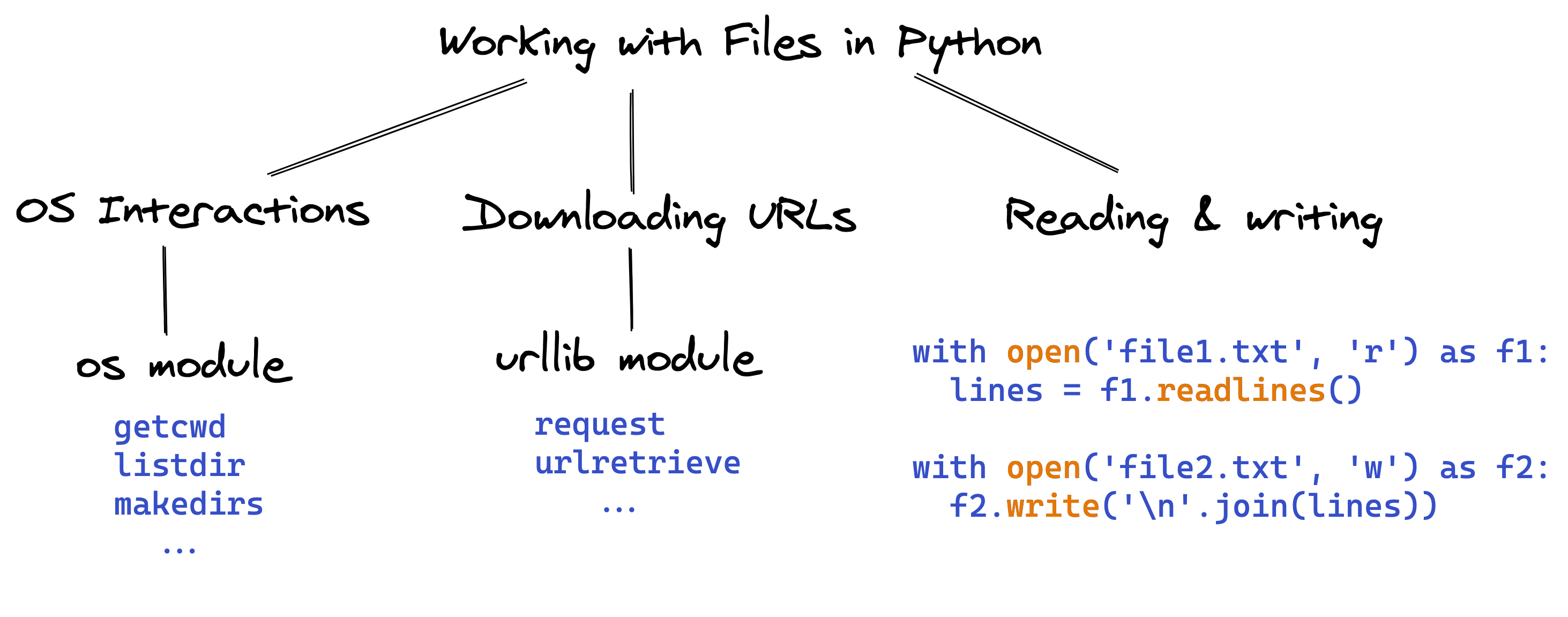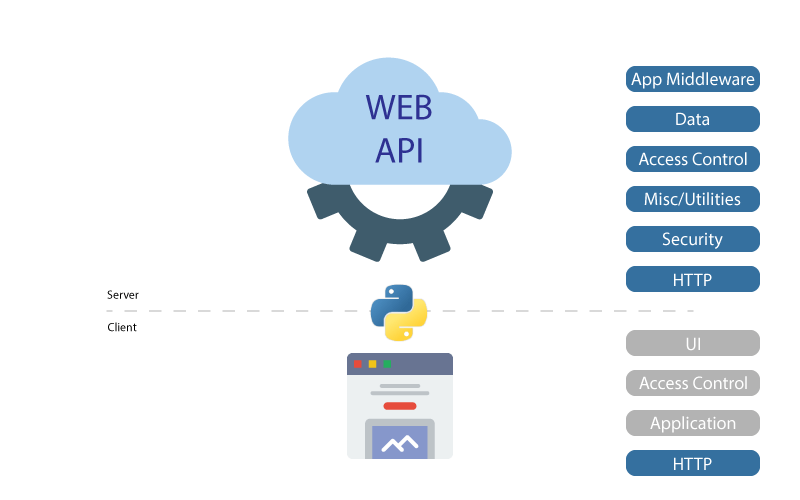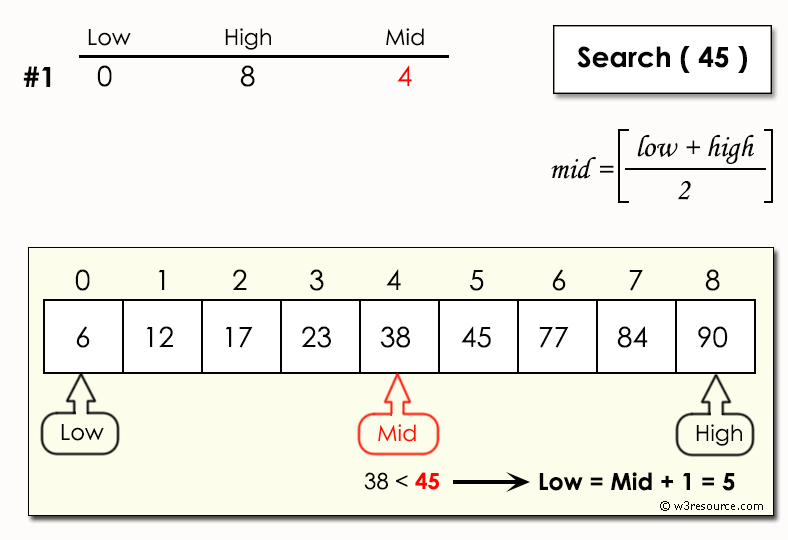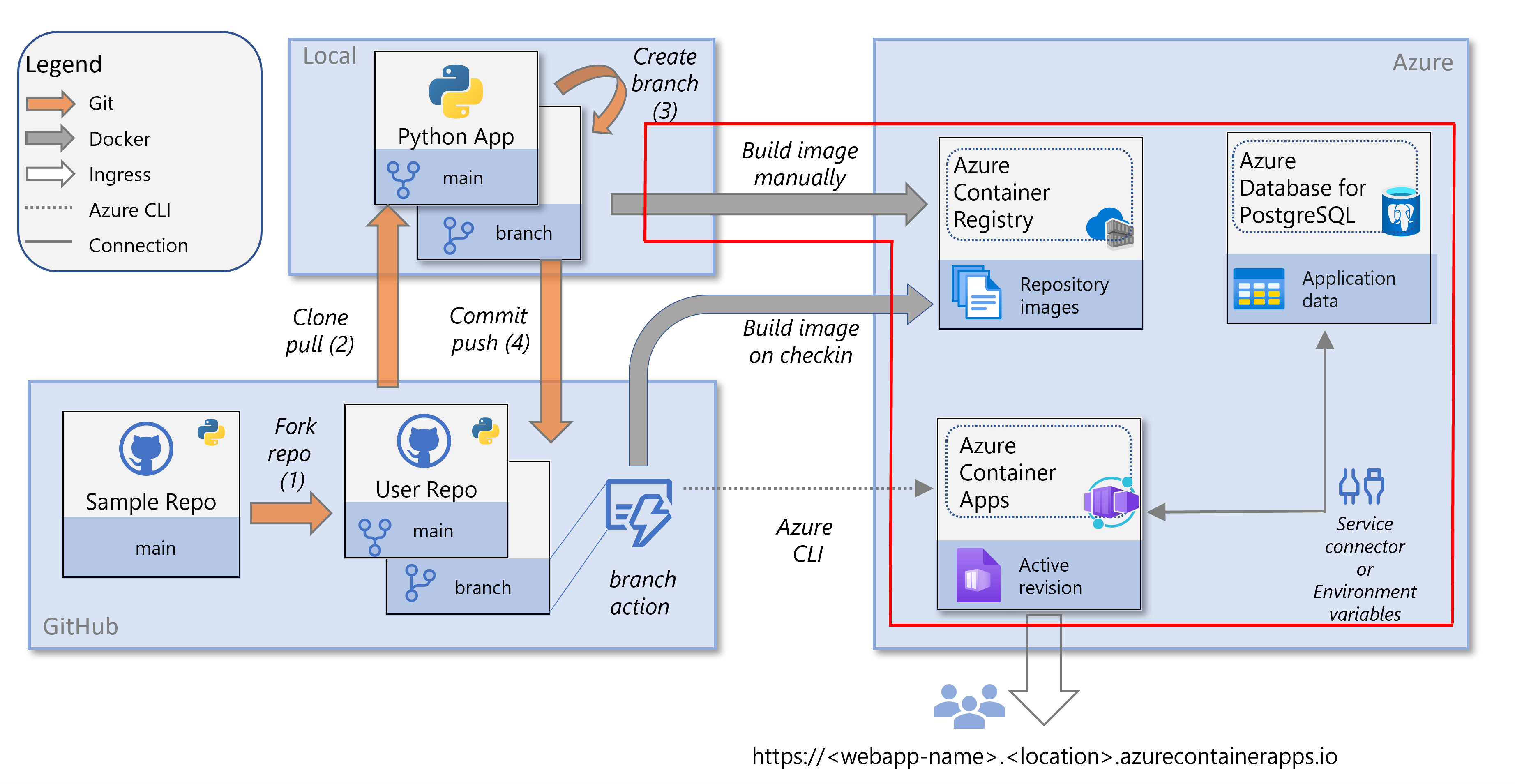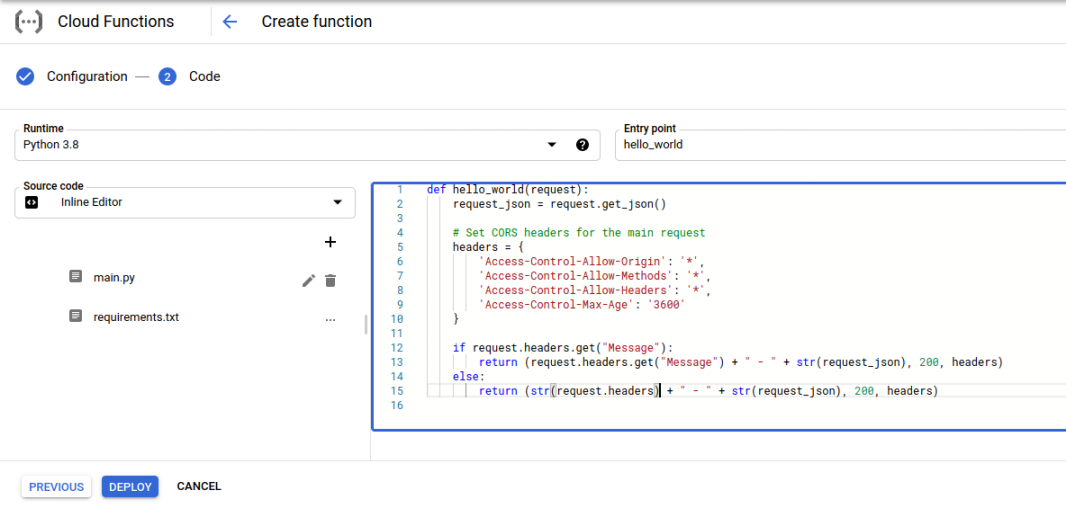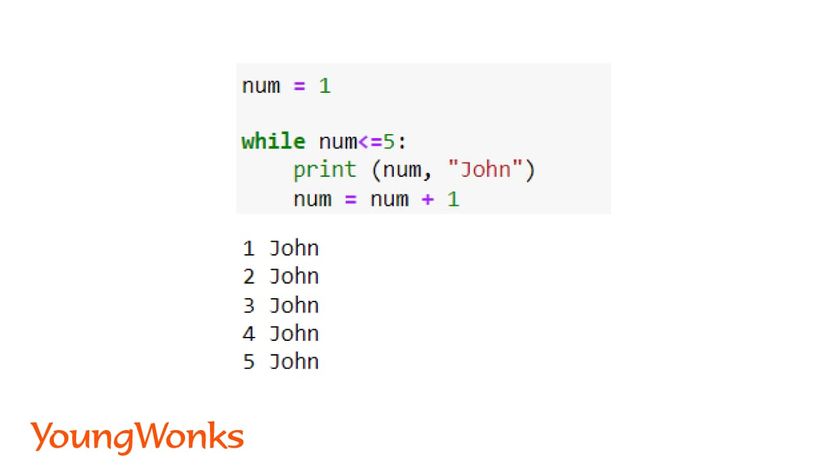Python api development examples
Python api development examples

Here are some Python API development examples:
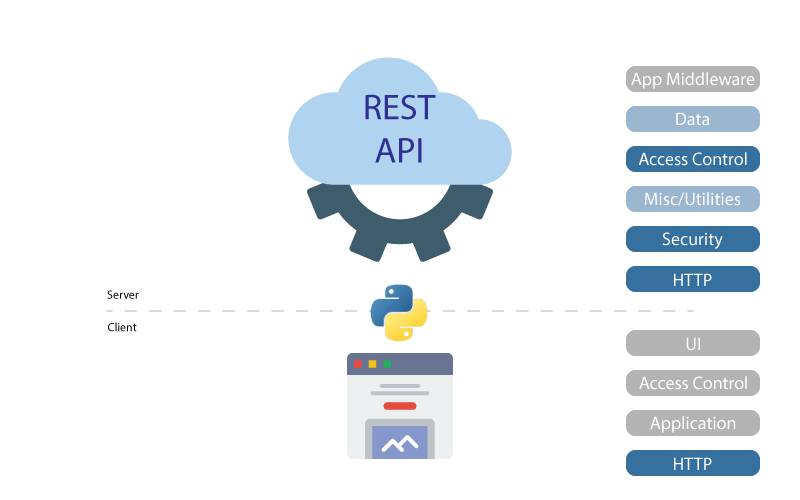
Example 1: Simple RESTful API with Flask
Let's create a simple RESTful API using Flask to store and retrieve user data. We'll use the flask_restful library to handle requests and responses.
from flask import Flask, requestfrom flask_restful import Resource, Api
app = Flask(name)
api = Api(app)
class User(Resource):
def get(self, id):
Return a user by IDreturn {'user': f'ID: {id}'}
def post(self):
Create a new userdata = request.get_json()
return {'user': 'Created successfully'}
class Users(Resource):
def get(self):
Return all usersreturn [{'user': 'User 1'}, {'user': 'User 2'}]
api.add_resource(User, '/users/int:uid')
api.add_resource(Users, '/users')
if name == 'main':
app.run(debug=True)
Example 2: Building a Chatbot with Rasa
Let's build a simple chatbot using Rasa to handle user input and respond accordingly.
from rasa.nlu import entities Define intents and responsesintents = {'greeting': 'Hello, I'm your assistant. What can I help you with?'}
responses = ['Sorry, I didn't quite catch that. Can you try again?']
Define a domaindomain = {'entities': ['time']}
Create an NLU componentnlu = entities.EntityExtractor()
Train the NLU modelnlu.train(intents)
Run the chatbotrasa.run('chatbot', 'localhost', 5005)
Example 3: Building a Microservice with Django
Let's build a simple microservice using Django to handle user requests and process data.
from django.http import HttpResponsedef index(request):
Return a welcome messagereturn HttpResponse('Welcome to our API!')
def process_data(request):
Process user inputdata = request.GET.get('data')
Return processed datareturn HttpResponse(f'Processed data: {data}')
Example 4: Building a GraphQL API with Django
Let's build a simple GraphQL API using Django to handle user queries and mutations.
from django_filters.rest_framework import FilterSetfrom graphene import ObjectType, String
class Book(ObjectType):
title = String()
Define a query typeclass Query(ObjectType):
book = String()
def resolve_book(self, info, **kwargs):
Return a book by IDreturn {'title': 'To Kill a Mockingbird'}
class Mutation(ObjectType):
create_book = String()
def mutate(self, info, **kwargs):
Create a new bookreturn {'message': 'Book created successfully'}
Run the GraphQL APIgraphql_api = Query().as_graphql(schema)
These are just a few examples of Python API development. There are many more libraries and frameworks available to help you build scalable and robust APIs.
Additional Resources
Flask: https://flask.palletsprojects.com/ Rasa: https://rasa.com/ Django: https://www.djangoproject.com/ GraphQL: https://graphql.org/I hope these examples and resources help you get started with building your own Python APIs!
How to create API in Python Django

To create an API in Python using the Django framework, you'll need to follow these steps:
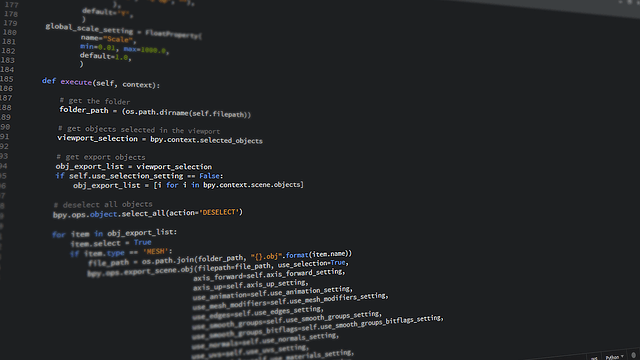
django-admin startproject api_project
cd api_project/
python manage.py startapp api_app
api_app directory, create a file called views.py. This is where you'll define your API endpoints. Define API endpoints: In views.py, import the necessary modules and define your API endpoints using Django's @api_view decorator:
from rest_framework.response import Response
from rest_framework.views import APIView
class MyAPI(APIView):
def get(self, request):
return some data in JSON format
data = {'message': 'Hello, World!'}
return Response(data)
def post(self, request):
handle POST requests
pass
JsonResponse:
from rest_framework import serializers
class MySerializer(serializers.Serializer):
message = serializers.CharField()
def create(self, validated_data):
do something with the data
pass
def update(self, instance, validated_data):
do something with the data
pass
urls.py in your api_app directory:
from django.urls import path
from .views import MyAPI
urlpatterns = [
path('my_api/', MyAPI.as_view()),
]
main_project/urls.py, add a new URL pattern for your API app:
from django.urls import path, include
urlpatterns = [
...
path('api/', include('api_app.urls')),
]
python manage.py makemigrations
python manage.py migrate
python manage.py runserver
curl or Postman to test your API endpoints:
curl http://localhost:8000/api/my_api/
That's a basic overview of how to create an API in Python using Django!
